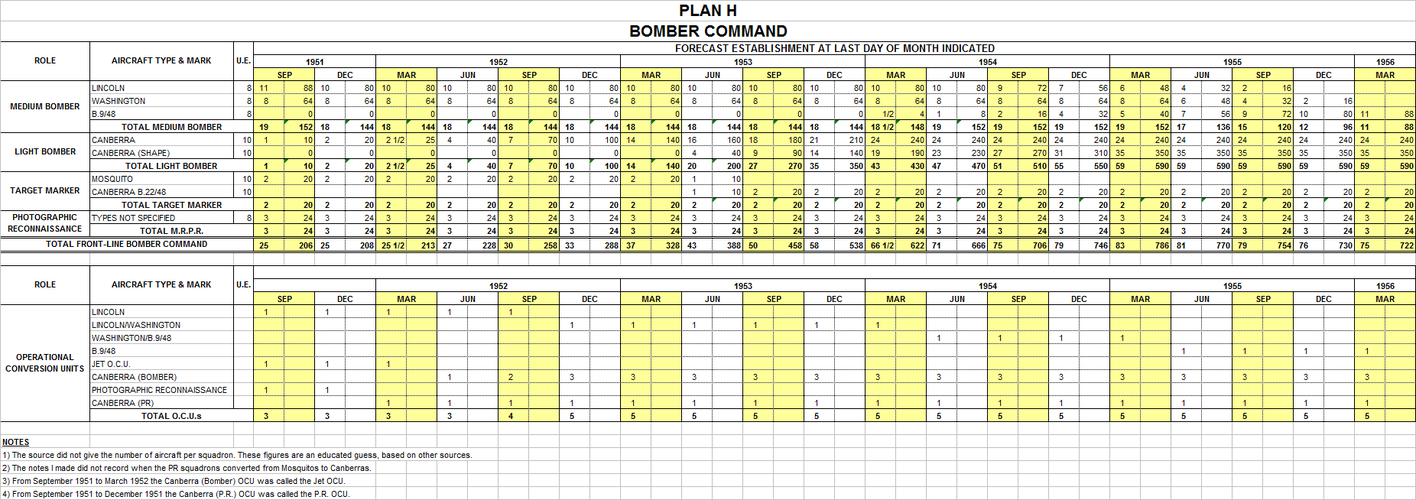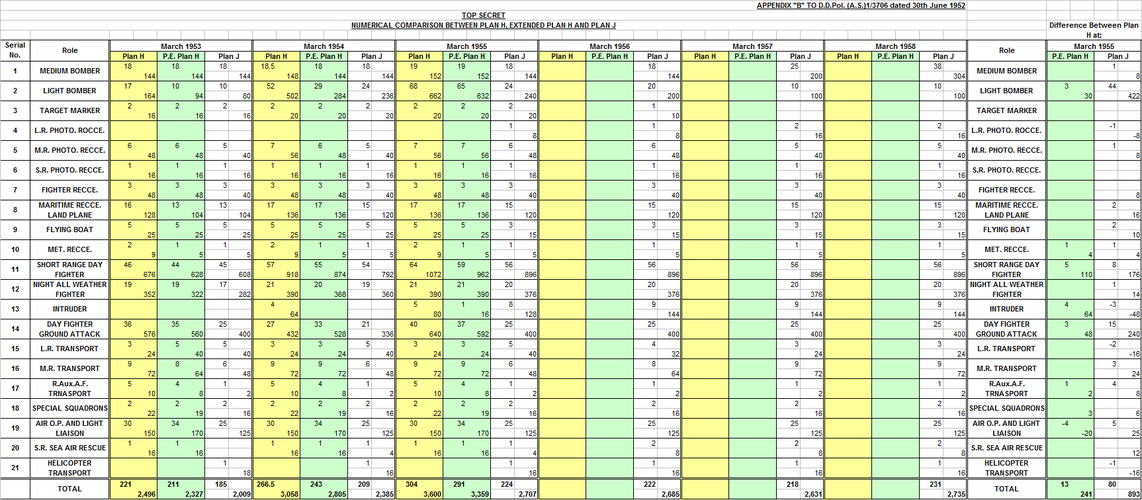SLL #42: Blue Streak, Thor; Blue Steel, Skybolt.
Because we know what happened tomorrow, we forget how challenging it must have been to have been MoD Duncan Sandys, 1957-59. Operational sovereignty was then just as large an issue as today, so his Party stressed "independence" - UK National Retaliatory War Plan, even while integrating MBF into US SIOP and Saceur's Strike Plans. His negotiations of GW and of AW Agreements with US were economically and militarily profoundly important.
So by late-58 we had digested Mk.28 and could Anglicise it as Red Snow, lighter, smaller than designed warheads for Blue Streak, Blue Steel, Yellow Sun.
Sandys had Agreed to buy 60 each Mk.2 Vulcan/Victor (5/3/57); to jointly-man Thor IRBM (22/2/58); to terminate UK-solo Yellow Sun Mk.1 to substitute (Mk.28) YS Mk.2 asap (done wef 5/61); and to increase R&D spend to extend Blue Steel W.105's 100nm to Mk.2/W.114's 600 nm. But: "few (projects caused) such bitter feelings (even in) 1956 (Avro puffed 1,000n.m.: if they) could not perfect (100n.m.) how could they (do 1,000? Wpns.Res. Div., 6 ex-RAE staff) weak mngt.structure (criticisms) recriminations” MoA/A.M, '60/1,Wynn,P202/4. Much the same was said of DH on Blue Streak (CNH,Vertical,P107).
As late as 7/7/63, bereft of Skybolt, AOC/BC, AM Sir K.Cross wailed: “so many basic (Blue Steel faults) doubtful they can be overcome” Moore/Ill,P213.
Surface-sited Blue Streak would do nothing from 1963-ish that Thor would not do from 1960-ish. How sovereign would it be with a US-derived warhead on a US-derived INS in a US-derived airframe in an RV at least US-"influenced", blasted aloft on US-derived propulsion? If silo-sited and charged to a constant Defence Budget, it would unemploy a generation of aircrew. If we thought US would silo-site (or mobile shell-game) its ICBMs, and if we believed in all-for-one NATO Policy...Blue Streak should have been chopped the day we Agreed Thor.
Sandys abandoned Blue Steel Mk.2 12/59 in hope Avro might attend to doing Mk.1 this century. (At MoA he initiated) Mk.1 order 15/12/60 for 36 Vulcan, 24 Victor intending them to be very transient, because UK had Agreed Skybolt, 6/6/60: of course we did: USAF planned 1,000 of them, so it would surely work. On that day only MoD Watkinson showed interest in SSBN/Polaris R.Moore,Nuc.Illusion,P.76. Skybolt was to be 1000nm on a recallable Force, multi-targetted. USS George Washington went on patrol 15/11/60 with Polaris A-1, maybe 1,400nm, challenges of communication v. (un)detection yet to be resolved. It was just one platform in the triad. (It was as 1961 unfolded that Zuckerman, then Mountbatten, then others detected SSBN invulnerability, but then JFK became confused about AW Proliferation, FRG fingers-on-trigger, France...no chance he would give UK as special a deal as Ike/Skybolt).
UK PM Mac by then was disposed to let RAF burn up the fatigue life of Vulcan/Victor with Skybolt to c.1970, maybe then to extend on a less expensive, longer endurance platform (see CJGibson's pofflers), then to let this notion of thermonuclear sovereignty lapse for the nonsense he knew it to be. M.Jones,UK Strat.Nuc.Det./1,P199: 24/2/60: Cabinet Def.Committee agrees: “no military case for a deterrent which could be used in a unilateral fashion (v.USSR)”.



